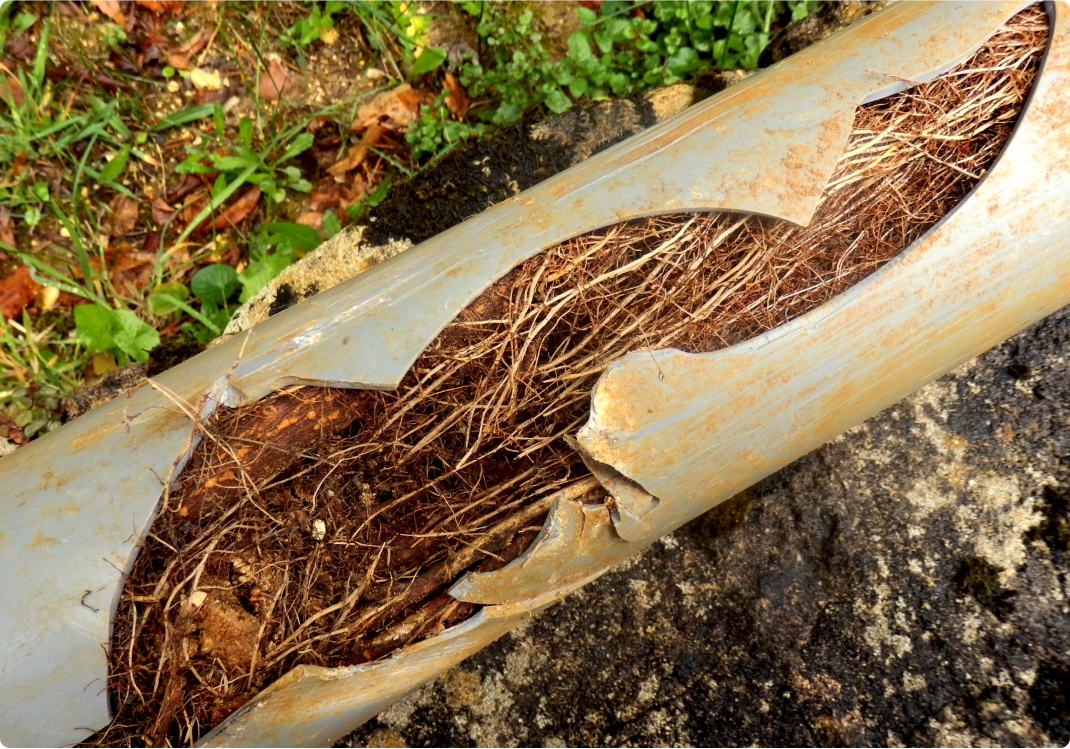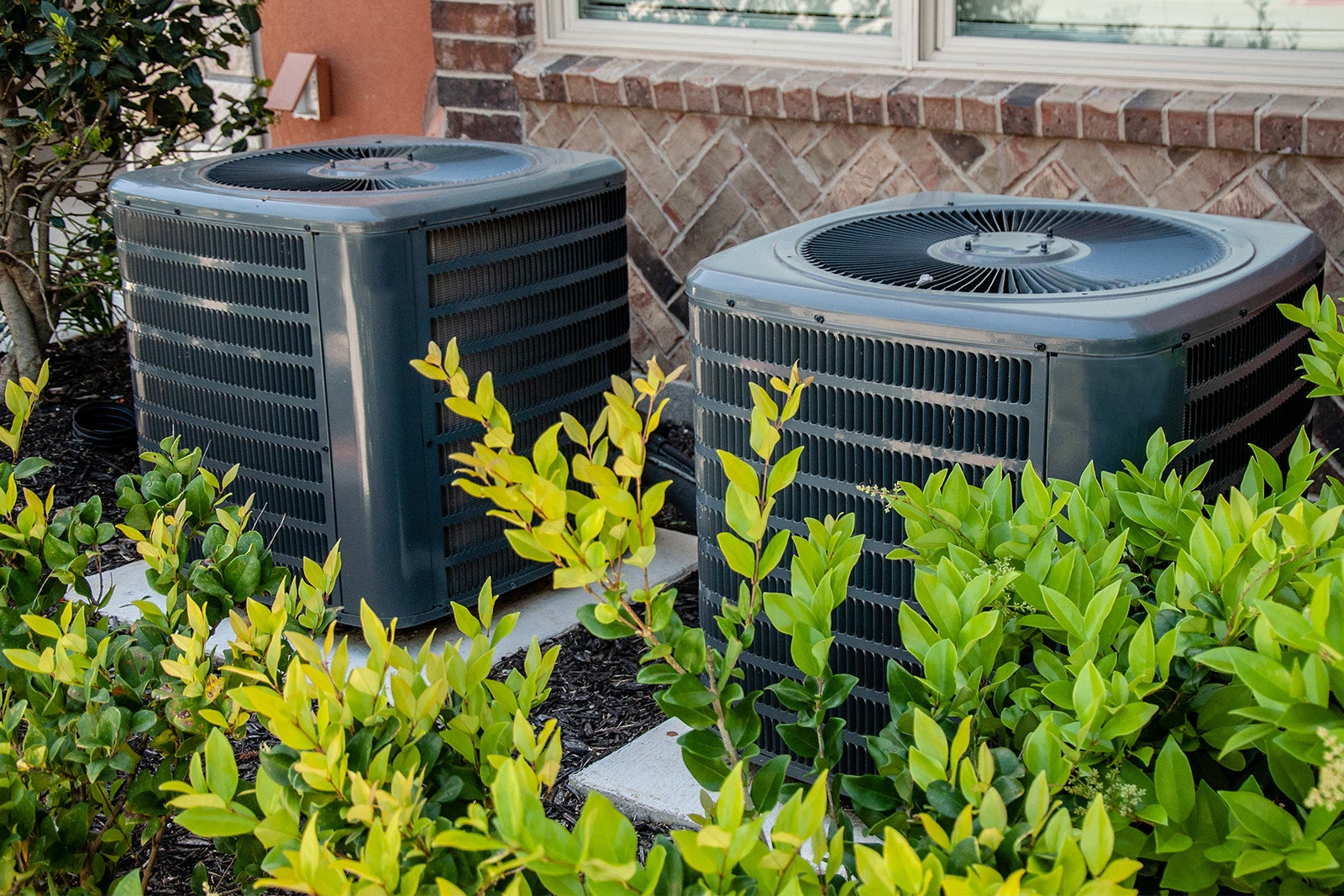How to clear roots from drain pipes
Once you’ve identified roots as the culprit, it’s time to make moves to triumph once and for all in this subterranean battle. Fortunately, there are a few effective methods to fight them.
- DIY Root Killers: Curious about what dissolves tree roots in sewer lines? For minor root intrusions, you can start with root killers for drains available at your local hardware store. These chemicals can be poured down your drain to target roots without harming your trees. Look for products specifically designed for sewer roots, follow the instructions carefully, and remember that persistence pays off. This is a great first line of defense and can be surprisingly effective for smaller root problems.
- Professional Assessment: When you suspect a serious root invasion, it’s time to call in the pros. Pipes, get ready for your close up … most professionals will want to diagnose the problem by snaking a special camera to where the blockage is to get a good look. This will help them see how big the root mass is and how much damage has been done to the pipe.
- Advanced Root Removal From Drain Pipe: Professionals have several methods at their disposal to tackle stubborn roots. One common technique is hydro jetting, where high-pressure water blasts through the roots, clearing the way for smooth water flow. They might also use mechanical rooters, powerful devices that cut through roots without damaging your pipes. In more severe cases, they might recommend pipe relining, which involves inserting a new liner into the damaged pipe to create a durable, root-proof barrier.
5 ways to prevent roots in drain in the future
Prevention is better than cure, especially when it comes to tree roots wreaking havoc in your sewer pipes. Here are five proactive strategies to keep those roots at bay and your plumbing system in tip-top shape:
- Choose Your Trees Wisely: When it comes to landscaping, think before you plant. Avoid planting trees with aggressive root systems near your sewer lines. Opt for trees and shrubs known for their non-invasive roots. Your local nursery can recommend species that will beautify your yard without becoming a plumbing nightmare.
- Install Root Barriers: These physical barriers, installed around your sewer lines, prevent roots from butting in. Made of metal, plastic, or fabric, they create a formidable obstacle that roots can’t easily penetrate, protecting your pipes from unwanted intrusion.
- Regular Inspections: Schedule annual sewer inspections to catch root intrusions early. Plumbers can give your pipes a thorough check-up, spotting potential problems before they escalate.
- Pipe Maintenance: Keep your pipes in good condition to make them less inviting to roots. Regular cleaning and maintenance can remove any minor blockages and build-ups, reducing the chances of roots finding an entry point.
- Mind the Water: Be mindful of where you water your plants. Overwatering near sewer lines can encourage roots to grow towards the moisture, increasing the risk of obstructive growth. Instead, water away from your sewer lines, encouraging roots to spread out in safer directions.
Go with the flow— Don’t worry, be warranty.
Keeping your home's plumbing in top shape is key and there’s no time for root obstructions causing disruptions. With an American Home Shield® home warranty, you can rest easy knowing you have support in managing your home systems and appliances when things go wrong. All three of our plan options include coverage for indoor plumbing so when a covered issue occurs, we’ll send the right Pro for the job and handle the repair costs.




